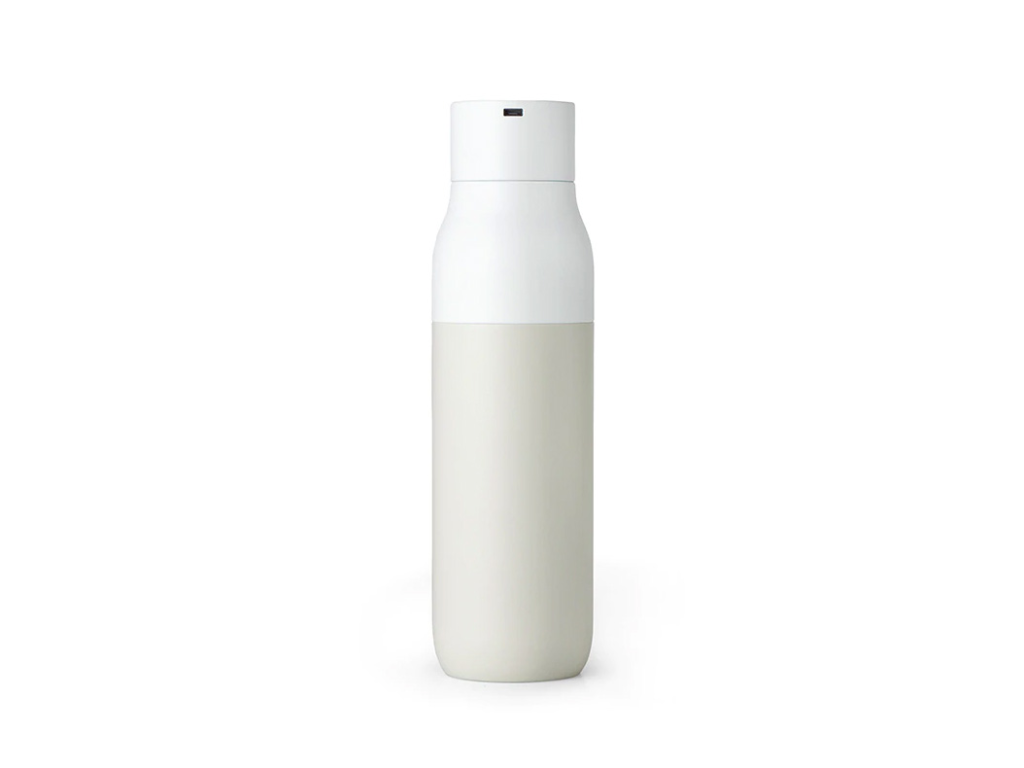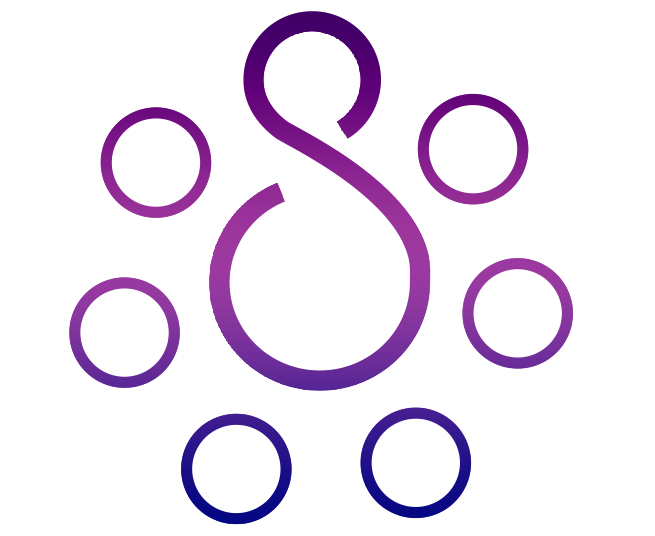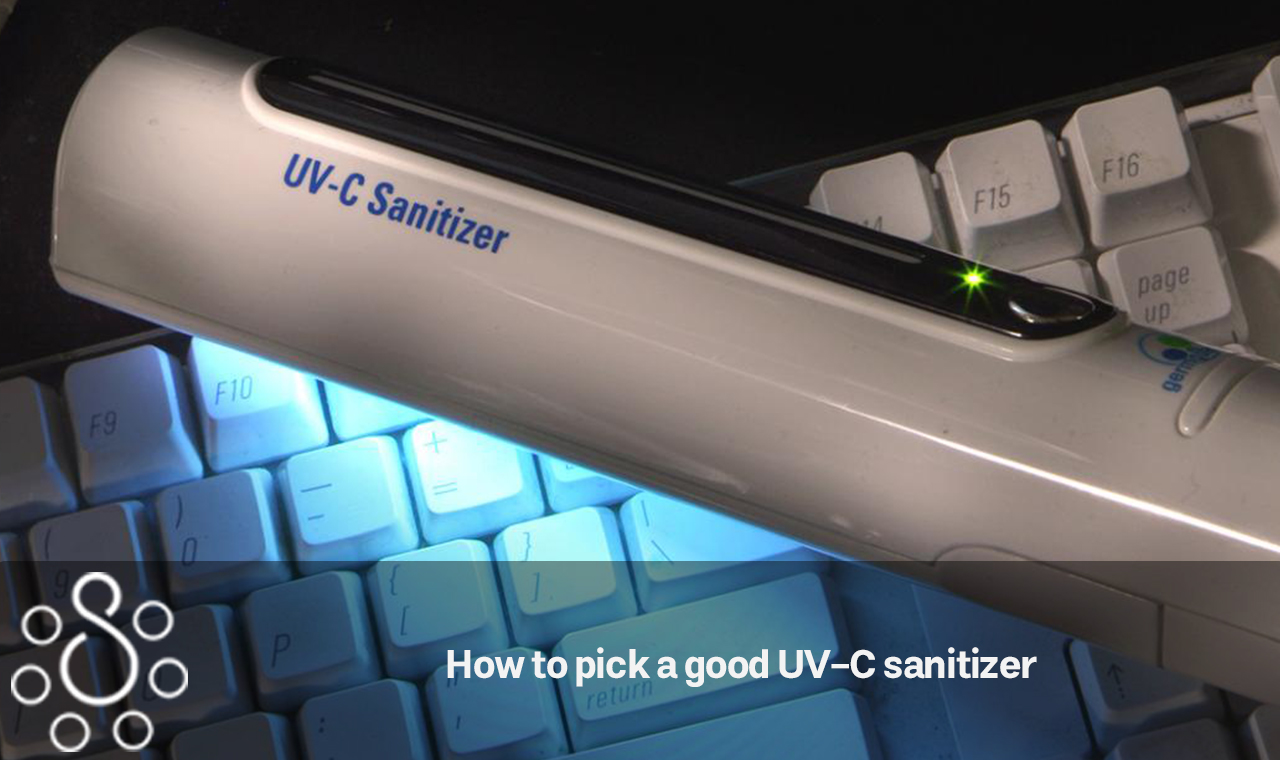UV sanitizer manufacturers claim that their devices can disinfect almost everything in minutes. A number of companies claim that their UV sanitizers can destroy up to 99.99 percent of germs on any item that is exposed to the device’s UV light. How effective are the UV sanitizers, however? Here’s everything you need to know. Follow us to pick a good UV-C sanitizer.
Are UV sanitizers effective? What You Should Know Before Making One
To begin, what exactly is ultraviolet radiation?
UV is an abbreviation for ultraviolet radiation, which is a kind of electromagnetic radiation. When sunlight strikes our skin, it emits three kinds of ultraviolet rays: ultraviolet A (which has been related to skin aging), ultraviolet B (which may cause sunburn), and ultraviolet C (which is shielded by the Earth’s atmosphere before it can reach us). UVC is the most powerful of the three UV rays and is utilized in UV sanitizers since it has the maximum energy of the three. According to the United States Food and Drug Administration, ultraviolet C radiation, as a good UV-C sanitizer, is a “known disinfectant for air, water, and nonporous surfaces” (FDA).
In reality, according to the FDA, ultraviolet C radiation has been used effectively for decades to slow the growth of bacterial illnesses such as TB and other infections. Scientists recently released an article in Scientific Reports demonstrating that ultraviolet C radiation may inactivate at least two kinds of coronaviruses, despite the fact that the viruses they tested were distinct from the SARS-CoV-2 virus that is responsible for COVID-19.
However, according to the FDA, there is currently very little information available on the wavelength, dosage, and duration of ultraviolet C radiation that may be useful in inactivating the SARS-CoV-2 virus in particular. High-intensity ultraviolet radiation (HIUV) is described as an “alternative disinfection approach” by the Centers for Disease Control and Prevention (CDC). However, the Centers for Disease Control and Prevention (CDC) points out that UV lamps are not included on List N, which is a list of all disinfectants examined and certified by the Environmental Protection Agency (EPA) for use in killing the SARS-CoV-2 virus.
Related Article: 5-surprising-ultraviolet-uses-for-the-hospitality-industry

What is the mechanism of a good UV-C sanitizer?
UV sanitizers kill viruses and bacteria by emitting UV rays from their lights, which target proteins and genetic material in the target organism (DNA and RNA). Dr. Karen Dobos, PhD, professor in the department of microbiology, immunology, and pathology at Colorado State University, tells Health that the drugs “speed up cross-linking of this genetic material,” which lowers the capacity of the genetic material to engage in healthy replication. Designed to disinfect a broad range of surfaces, from mobile phones to jewelry to plush animals, ultraviolet sanitizers are used in a variety of settings.
As William L. Schreiber, PhD, chair of the department of chemistry and physics at Monmouth University in New Jersey, points out in an interview with Health, it’s critical to remember that hand sanitizers should never be used on the skin of the hands (or any other part of your body for that matter). It has been reported that poor placement of UVC lamps in places where people may be found has resulted in skin and eye burns, according to the Food and Drug Administration.
There are several different varieties of UV sanitizers available, ranging from wands to zip-up bags, for sanitizing a variety of different sorts of things, but choosing a good UV-C sanitizer requires more research. For example, although a wand may be effective for targeting domestic things such as doorknobs, a pouch may be more appropriate for accommodating smaller goods like a phone.
Do good UV-C sanitizers truly work?
UV rays have been utilized as a disinfectant for many years, and this is not new. According to comprehensive research published in TheLancet in 2011, the use of ultraviolet C (UVC) light in hospitals has been shown to reduce the transmission rate of four main superbugs by 30%. However, UV sanitizers intended for personal use may not be as effective. Because they are being marketed for personal use, the amount of energy released by these bulbs must be extremely minimal, which is not the case for industrial uses, according to Dobos. It has been suggested that these devices are less efficient against microorganisms (such as bacteria, fungus, and viruses) than industrial UV sanitizers because they have a lower energy output, she explains.
The firms that offer these things make big statements about their products. It’s crucial to note that none of these claims have been substantiated by the Environmental Protection Agency. Typically, these claims are based on laboratory testing conducted by the business marketing the product. Because germs, viruses, and bacteria are invisible to the human eye, there is no way to tell how efficient a product is unless you put it to the test by applying it. Another thing to keep in mind when it comes to personal UV sanitizers is that the amount of energy that their lights generate diminishes with use.
According to Dobos, when the bulb decays, it becomes even less efficient for its intended aim. However, he’s not sure how a human might identify which bulbs are rotting. There is probably a “replace by” date on a light bulb, but the majority of us only change a light bulb after it is fully out. This is much longer than the effective period of a UV source. ”
Another consideration is the fact that, in the long term, utilizing a personal UV sanitizer might possibly do more damage than good. “They may be hazardous, particularly if you are exposed to them repeatedly,” Dobos says. She points out that since microorganisms reproduce and change at such a higher rate than other kinds of organisms, many of them will develop a natural resistance to ultraviolet radiation as a result of their rapid replication and mutation. As she says, “this community of bacteria will continue to grow in your house, particularly with frequent exposure.”
Related Article: Guide to Understanding UV Light & How It’s Redefining Clean
What is the most effective method of disinfecting surfaces?
As a result of all of the factors listed above, neither Dobos nor Schreiber suggest the use of UV sterilizers for personal use. Instead, cleaning and frequent disinfection, according to Dobos, are the most effective ways to maintain clean, safe surfaces; healthy air circulation is also beneficial. Furthermore, she points out that “time is on our side.” “The majority of microorganisms are not stable on dry surfaces; they dry up and die as a result.” As a result, keeping surfaces dry and refraining from utilizing them on a regular basis is beneficial.
The Centers for Disease Control and Prevention (CDC) recommends using a household cleanser that includes soap or detergent to reduce the risk of infection from surfaces in your home. Regarding COVID-19 prevention, the CDC states that disinfection at home is “likely not necessary” unless someone in your family is ill or unless someone who has tested positive for COVID-19 has been in your home within the last 24 hours. If this is the case, the Centers for Disease Control and Prevention advises that you disinfect surfaces and things in your house using a product from the Environmental Protection Agency’s List N. It goes without saying that utilizing a good UV-C sanitizer is entirely up to the individual.
If you do decide to purchase one, thoroughly review the manufacturer’s claims and features before making your final decision on which gadget to purchase. A product that promises to “kill COVID-19” should be avoided at all costs as well. As the Environmental Protection Agency points out, COVID-19 is a disease in and of itself, and illnesses cannot be “killed.”
What Are the Best UV Sanitizers on the Market?
If you’re looking to add an extra layer of protection, we’ve gathered a list of the finest UV sanitizers available on the market to help you out. These products may be used to clean your smartphone, as well as your keys, water bottle, and other objects around your house. Occasionally, we get compensation for referrals that result in purchases of products or services that have been independently assessed on our website.
- HomeSoap and PhoneSoap
An excellent alternative for sanitizing the surfaces of bigger goods such as tablets, keys, wallets, toys, infant bottles, and more, PhoneSoap’s HomeSoap, as a good UV-C sanitizer, is available from the company. The item includes UVC lamps, which, according to the manufacturer, kill 99.99 percent of germs in about 10 minutes. It also has two built-in USB connections, allowing you to charge two devices at the same time. We like how the newly added on/off switch allows you to switch between manual and automated modes. The inside is 93 millimeters wide by 234.6 millimeters tall by 334.7 millimeters long, which means it has enough space to hold an Apple iPad Pro, a Nintendo Switch, and other small electronic devices.
related article: How UV-C LED Light Can Help your Rental Customers
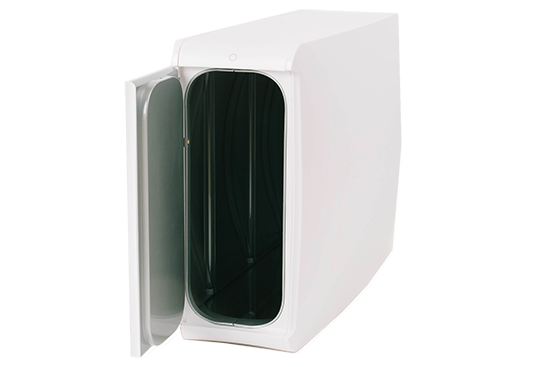
- UV Clean Sanitizer Bag from HomeMedics
The portable UVC LED light carryall from HomeMedics, as a good UV-C sanitizer, promises to kill “99.9 percent of germs and viruses at the DNA level, 10 times faster than any other sanitizer,” according to the company. It can hold a variety of goods, including phones, sunglasses, keys, cosmetic brushes, remote controls, toothbrushes, and other small items. It disinfects objects in one minute using four mercury-free LEDs, and it is safe to use around children. The portable device is 4.1 inches in height, three inches in depth, and eight inches in width, and it is equipped with a rechargeable lithium-ion battery for use on the go.
Related Article: Evaluation of an Ultraviolet C (UVC) Light-Emitting Device from the beginning until now
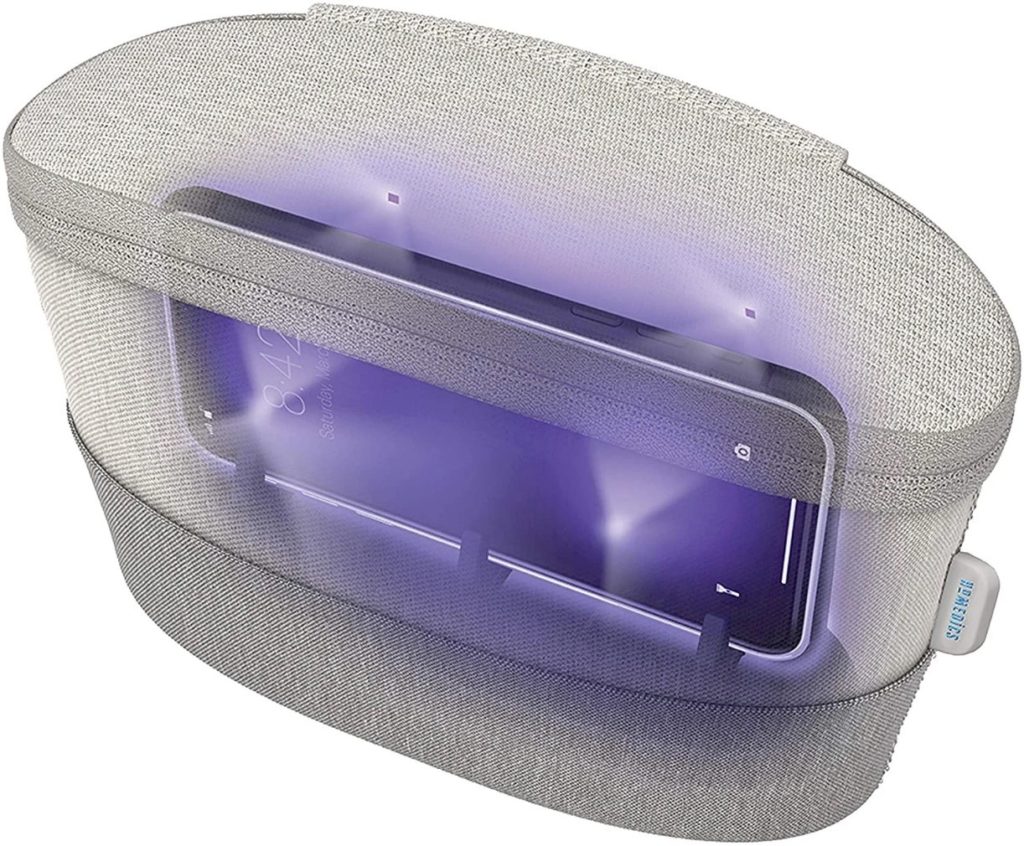
- Lexon Oblio Wireless Charger with UV Sanitizer Built-In
This attractive vase-like attachment charges and disinfects your smartphone while keeping it looking good. The UVC light of Lexon’s Oblio wireless charging station destroys 99.9 percent of surface bacteria, viruses, and germs in only 20 minutes, according to the manufacturer. All you have to do is place your Qi-enabled iPhone or Android phone on the vessel and wait three hours for it to charge completely.
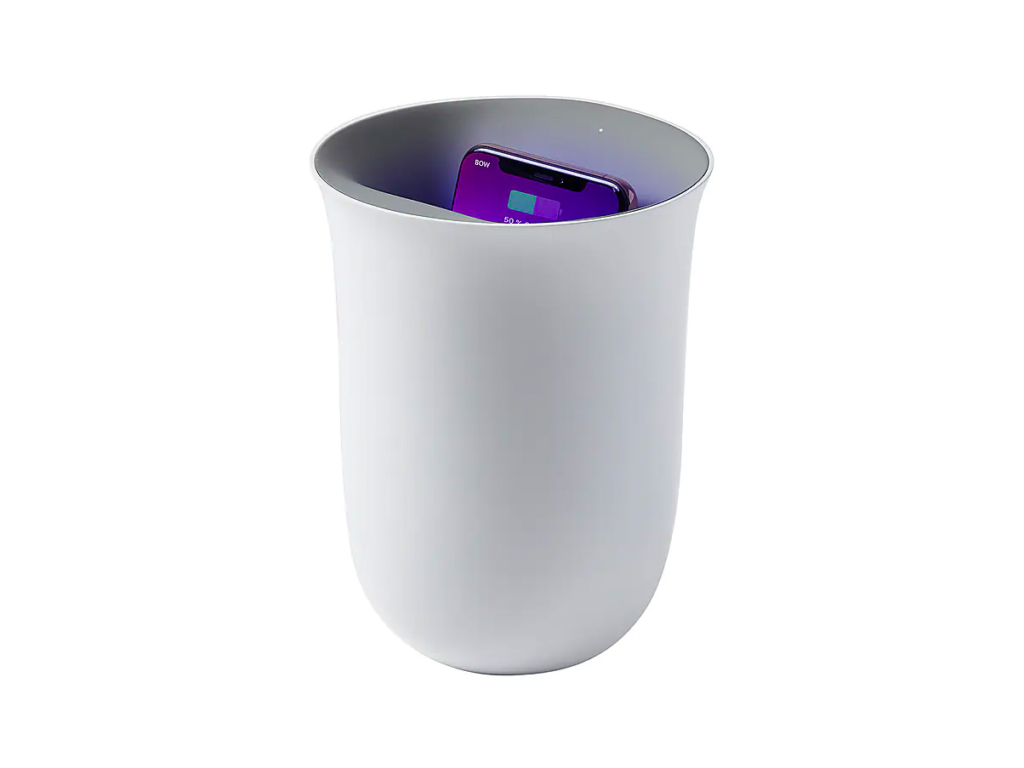
- UV Stick Sanitizer by Medipop
Medipop’s portable UV sanitizer is small and lightweight, measuring around five inches tall by 1.5 inches wide by.5 inches thick, making it easy to put in your suitcase or luggage. You can tell when your device has been thoroughly cleaned and disinfected by looking at the countdown timer on your phone, computer, tablet, keypad, or other electronic device.
Related Article: Does your child drink water from a private well?
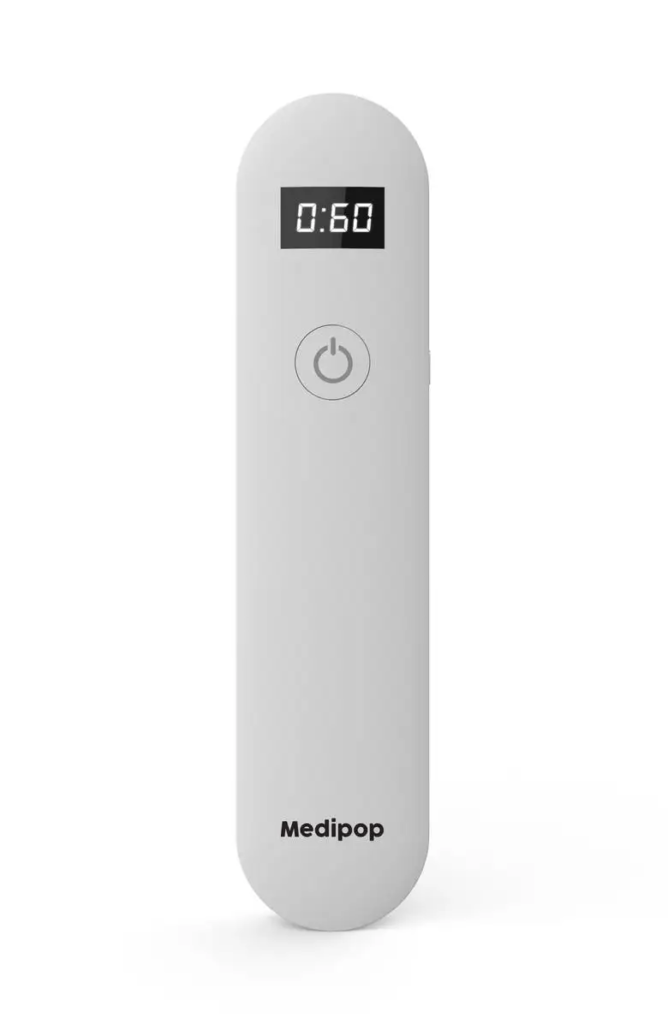
- Casetify UV Sanitizer
Casetify’s smartphone sanitizer employs six mercury-free UVC lamps to destroy 99.99 percent of germs on cellphones and other things in three minutes, according to the manufacturer. If your phone’s battery is getting low, you may also use the gadget to charge it wirelessly using the included charger.
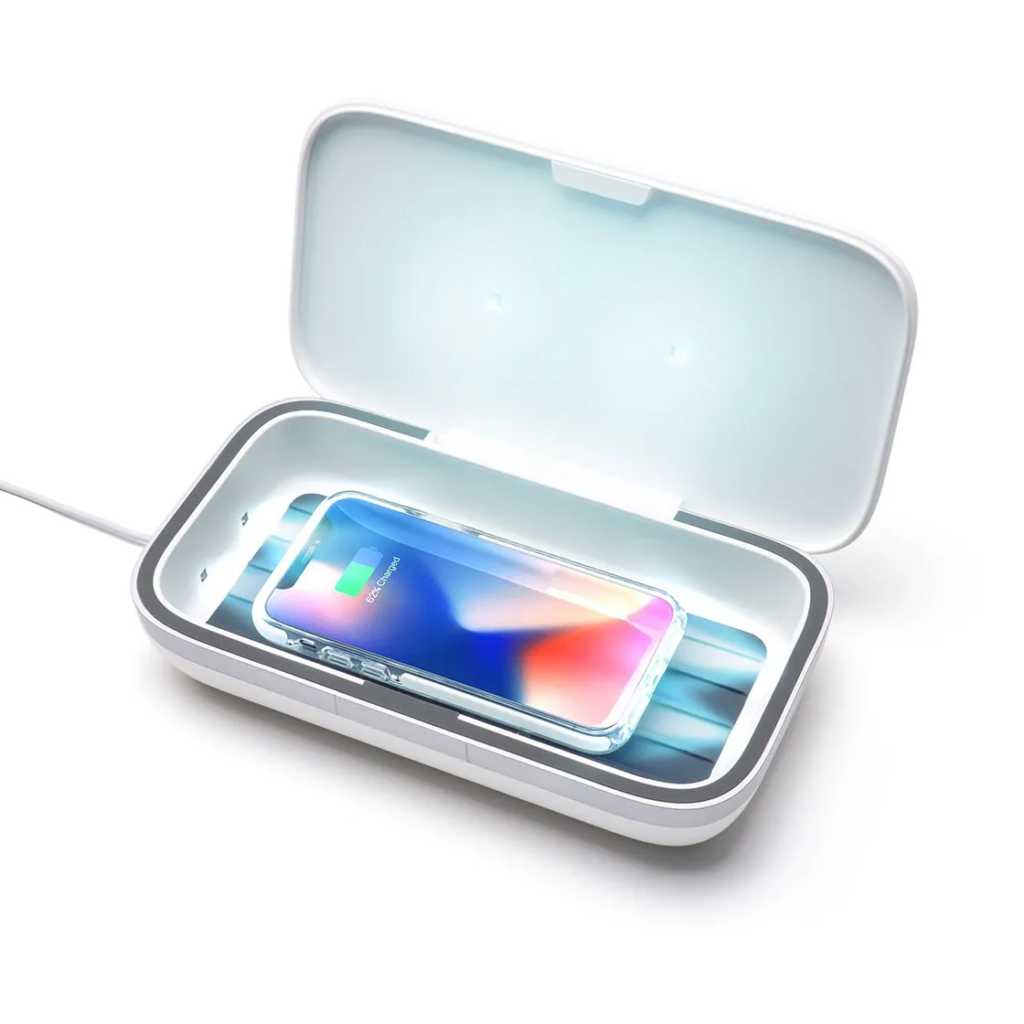
- Larq Bottle with PureVisibility
If you are concerned about the safety of your drinking water, Larq’s self-cleaning BPA-free bottle is a good UV-C sanitizer and one of the finest UV sanitizers available for treating H20. Within a minute, it can eliminate 99.99 percent of bio-contaminants from water using ultraviolet C (UVC) radiation. It also has a timer that turns on every two hours to guarantee that your beverages are kept fresh, and the double-walled insulated structure keeps water cold for up to 24 hours and hot for up to 12 hours, respectively. It’s also available in a smaller 25-ounce size.
related article: What Is a Toothbrush Sanitizer?
